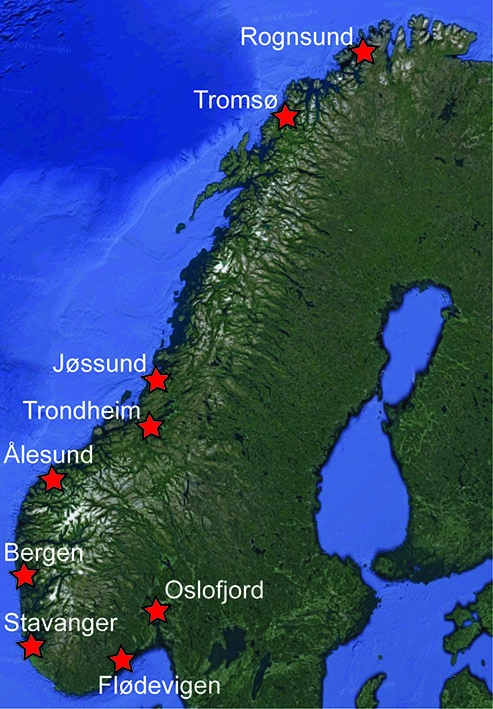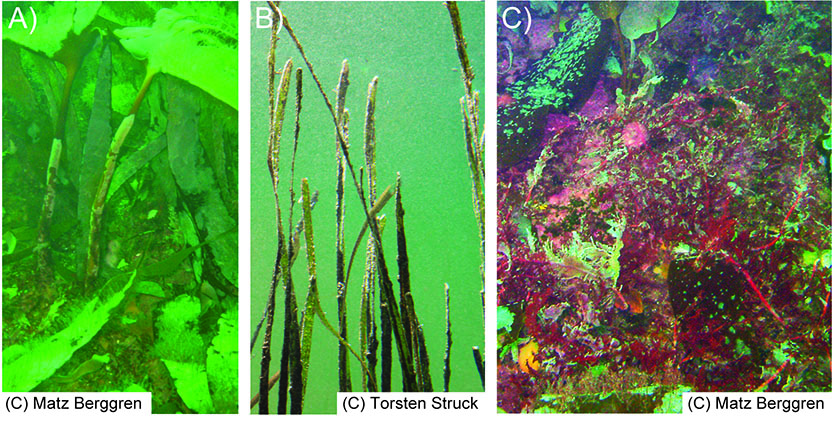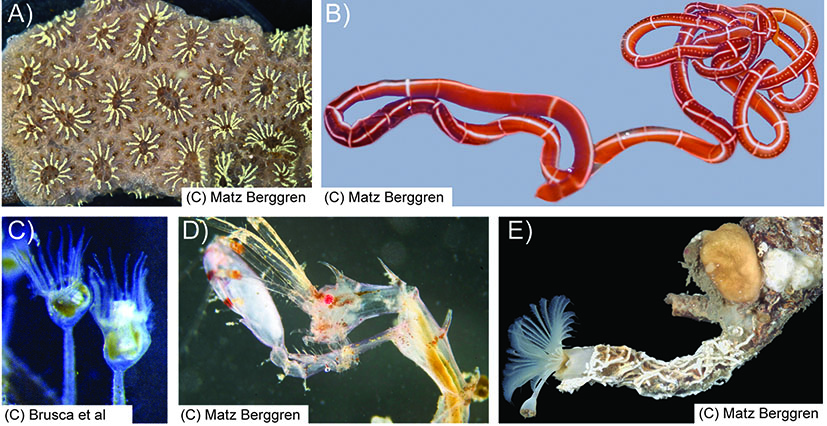The marine algae belt comprising kelp forests, seagrass meadows and rocky reefs with coralline red seaweeds is one of the most active primary producing environments in the sea. It also harbors are great diversity of animals including sea squirts, ribbon worms, nick worms, serpulid worms, spionid worms and ghost shrimps. The species of these groups occupy important ecological functions as herbivores, predators and filter-feeding organisms and can be sessile or agile as well as solitary or colonial. Globally these taxa comprise more than 7,000 species with around 250 species documented from Norwegian waters. Despite this the knowledge about their taxonomy and distribution in Norway is at best poor and in dire need of improvement. Specimens in museum collections are often quite old material, which additionally is often wrongly determined due to unresolved taxonomic issues including the high degree of cryptic species in these groups. Besides cryptic species, many of these taxa include invasive species causing among others high economic damage in aquaculture and ship transportation due to biofouling.
This is why we urgently need to conduct a field inventory and collect species of these taxa in Norway (from the Skagerrak up to 70°N). Fortunately, we were granted an RCN ArtsDatabanken project to do so. THe project includes also colleagues from Sweden and Germany. With morphological and molecular methods, we will determine the species and learn more about their distribution (including reports from history and now) and their association with Norwegian nature types. Therefore, we also want to revise the existing museum collections in Norway. Through the planned project, we will contribute to basic biosystematics and species distribution research in general, and more specifically and importantly to red lists or other nature conservation management actions (e.g. updated information on distributions of invasive and native species including cryptic ones and their preferred habitats).

Text in the teaser: Although we are all zoologist, we are also doing research in these habitats. Learn about our new project soon.
Picture in the teaser:

![]()

5 Comments on “Assessing biodiversity in the marine algae belt”